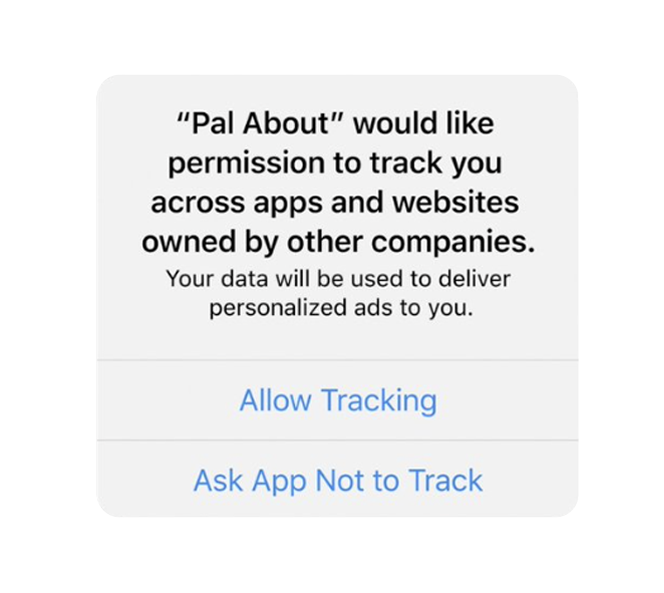How the iOS 14 Update will Affect Your Marketing
- 04.15.21
- 3 Min Read
In the fall of 2020, Apple rolled out its initial iOS 14 release and also announced that in the spring, additional tracking updates would be released as a phase two of the iOS 14 updates. These tracking updates will require users to opt-in to tracking for websites and apps that use pixels (Identifier for Advertisers—IDFA) to track user behavior as part of Apple’s stance to provide a user-centric data privacy approach for its customers.
News of the update was a big move in the eyes of users, but it really comes as no surprise as opting-in to tracking rather than having to opt-out strongly aligns with data privacy regulations such as the EU’s GDPR.
But as members of the advertising community, we have to ask ourselves: “What does this mean for us? And, more importantly, our clients?” As these updates are released, it’s critical for marketers to recognize the effects this will have on the advertising and marketing ecosystem and to look at how to future-proof their strategies as we prepare for the year ahead.

LANDSCAPE OVERVIEW
To summarize the upcoming changes, users on iOS 14 will be prompted to opt-in to ad tracking rather than having tracking turned on by default.
Typically, pixels that are placed on websites or apps have gathered data on user behavior and attributes, thereby giving digital marketers the opportunity to target and connect with users in future advertising campaigns and to monitor conversions users take.
This change will affect all platforms and advertisers that rely on pixels to track user behavior for targeting—which includes a significant portion of the ad tech landscape. Currently, this only affects Apple device users and only those on the iOS 14 update, which at first will be few but will grow over time.
It’s anticipated that this change will go into effect in the spring of 2021, with no specific date for launch currently in place. Industry leaders and inventory partners are rapidly responding with plans on how they’ll adapt, and your L&S team will continue to share applicable information as more is released.
TDLR: iOS 14 users will soon see a prompt on all apps (including web apps like Safari and Chrome) to allow or opt-out of tracking.
WHAT THIS IMPACTS
While information about this change is still being provided by Apple and other industry leaders, there are a handful of changes we can expect and actively prepare for:
1. AUDIENCE TARGETING & CONVERSION TRACKING
- This will impact digital targeting and conversion tracking across a variety of platforms, including Facebook and third-party digital vendors.
- The size of target audiences may get smaller as more people use iOS 14 and tracking is limited.
- Retargeting audiences may also decrease.
2. LOCATION DATA
- Location data can also now be approximated instead of precise. Approximated means the device will approximate a rough 10 square mile general area of your location which may impact location targeting, geofencing, etc.
3. ADVERTISING
With the large pivot in tracking, sizable platforms like Facebook are rolling out additional changes to align with the iOS 14 updates. Outlined below are a couple examples of how Facebook will be adapting:
- Each website domain will be limited to track a max of eight conversion events in Facebook.
- Attribution windows will be shrinking and will no longer have 28-day click and view through options.
- Real-time reporting isn’t supported for those on iOS 14 devices and could be delayed up to 3 days.

While each digital media partner is responding to these changes in their own way, there are some steps that Facebook and other third-party systems are recommending in order to be ready for these changes once Apple rolls out the release in the spring.
To prepare for these changes, businesses can:
- Research the platforms that they are currently running advertisements through and ask questions to better understand what the platform is doing to prepare and if there are necessary steps to take.
- Take the opportunity to audit conversions and tracking priorities.
- Review privacy policies and terms of use on their website.
- As users may select to opt-out, consider broadening audiences to capture more potential customers.
- Monitor campaign performance.
- Continue to keep an eye out for ways to include transparency in marketing.
If you need help preparing or have questions about the iOS 14 updates in general, our digital team is more than happy to help. Just reach out, and we’ll get back to you.







